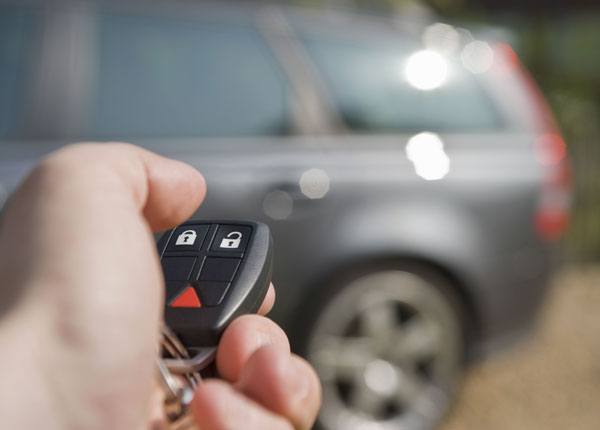
Driving Safety Instructions: Shutting Down and Leaving Your Vehicle
Updated Nov. 20, 2020Every driver must ensure their vehicle is safely parked and shut down before leaving it. It is all too easy to neglect proper protocol at the end of a journey. Leaving your vehicle requires just as much thought and attention as the pre-drive checklist you worked through before commencing your trip. The car must be parked legally, secure from break-ins, and stopped in a manner that does not endanger other people.
Choosing a parking space
You will be legally responsible if any person is injured, or property is damaged because your car was parked incorrectly. Choose your parking space wisely and make sure the vehicle is completely within the parking bay lines if any are present. Never park so close to another vehicle that you are blocking it in a parking space.
Shutting down your car
Having positioned your car in a parking space, the first thing you should do is activate the parking brake to check that it works. Keep your foot pressed down on the brake pedal as you engage the parking brake. If the parking brake is doing its job properly, the car should not move as you ease your foot off the brake pedal. When you have confirmed that the parking brake is functioning, you may release it while pressing the brake pedal, to finish parking.
Follow these steps each time you park your car:
- 1

When parking on a slope, turn your wheels toward or away from the curb as necessary.
- 2

Activate the parking brake.
- 3

In an automatic car, shift the transmission to “Park”. Drivers with manual transmission vehicles should leave the car in “Reverse” or first gear.
- 4

Switch off your engine and turn the ignition to the start position.
- 5

Remove your foot from the brake pedal.
- 6

Switch off all lights and accessories which may drain the car’s battery if left active.
- 7

Check that your windows are closed properly.
- 8

Turn the ignition key to the “lock” position before removing it altogether.
- 9

Make sure all doors are locked as you leave the car.
Exiting the car safely
Do not exit your vehicle hastily as it may not be safe. Check for traffic approaching from both directions when you have removed your seat belt, before opening the car door. Get into the habit of opening the door with your right hand, so you can check for traffic approaching from behind.
It is always safer to exit the vehicle from the passenger side rather than stepping out into a lane of traffic. If you cannot exit from the passenger side, make sure you collect all your belongings before leaving the car. Leaning back into the vehicle to pick something up can be dangerous.
When navigating around your car to reach the sidewalk, walk along the driver’s side toward the rear of the vehicle. This makes it easier to keep an eye on oncoming traffic.
Child safety for drivers
You are responsible for the safety of underage passengers while driving and parking. When transporting children:
- Check that the child’s feet and hands are clear of the door before shutting it.
- Ensure the child is secured in a way that meets legal safety requirements. Car seat and booster seat laws vary state by state; check your driving handbook for details.
- Make sure the child safety locks on the rear doors are functional.
- NEVER leave a child unattended in a vehicle for any length of time, for any reason.
If you have children yourself, it is important that you never leave your car unlocked or leave the keys where they can be accessed. Children are frequently seriously injured or killed when playing in or around parked cars.




